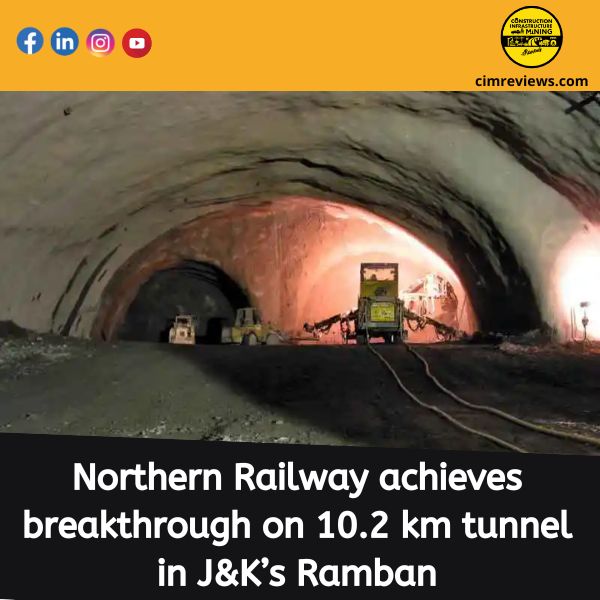Efficient and reliable public transportation systems are the backbone of modern cities, enabling smooth mobility for millions of residents. The Delhi Metro Rail Corporation (DMRC) has been at the forefront of India’s public transit revolution, setting a benchmark for excellence in urban transportation. In its continuous pursuit of enhancing service quality, the DMRC has taken a crucial step by inviting bids to assess the effectiveness of its existing infrastructure. This move showcases the DMRC’s commitment to staying ahead of the curve and ensuring that Delhi’s metro system remains a model of efficiency and innovation.
The Importance of Assessing Infrastructure Effectiveness
Infrastructure assessments play a pivotal role in maintaining and improving the performance of any transportation system. As a bustling metropolis, Delhi relies heavily on its metro network to provide reliable, safe, and efficient transport to millions of commuters every day. Over time, wear and tear, changing usage patterns, and technological advancements can impact the effectiveness of the infrastructure. Regular assessments are necessary to identify areas that need attention, optimization, or upgrading.
The Scope of DMRC’s Initiative
The DMRC’s call for bids to assess infrastructure effectiveness is a comprehensive initiative that aims to evaluate various aspects of the metro system. This includes:
- Track and Infrastructure: The tracks and associated infrastructure form the backbone of the metro network. Assessing their condition, alignment, and performance is crucial to ensure smooth operations and passenger safety.
- Signaling and Control Systems: The signaling and control systems are the nerve center of any metro system. An assessment of these systems ensures that trains run on schedule, maintain proper spacing, and adhere to safety protocols.
- Stations and Facilities: Metro stations are not just points of entry and exit; they are essential in providing a seamless travel experience. Evaluating station facilities, cleanliness, accessibility, and passenger flow is essential to cater to diverse commuter needs.
- Rolling Stock: The metro fleet is the lifeline of the system. Regular assessments of the condition and performance of trains ensure passenger comfort, safety, and operational efficiency.
- Energy Efficiency: As environmental concerns take center stage, evaluating the energy efficiency of the metro system becomes crucial. Implementing sustainable practices can lead to cost savings and reduced environmental impact.
Benefits of Infrastructure Assessment
The assessment of infrastructure effectiveness offers numerous benefits to both the DMRC and the passengers:
- Enhanced Safety: Identifying and rectifying potential safety hazards ensures a secure travel environment for passengers and staff.
- Operational Efficiency: Addressing issues proactively can prevent service disruptions and maintain optimal performance, reducing delays and inconvenience for commuters.
- Passenger Experience: Well-maintained stations, trains, and facilities contribute to a positive commuting experience, encouraging more people to use public transportation.
- Cost Savings: By identifying areas for improvement, the DMRC can allocate resources more effectively, leading to long-term cost savings.
- Sustainability: Evaluating energy consumption and adopting greener practices aligns with global sustainability goals and reduces the environmental impact of the metro system.
Group Media Publication
Construction, Infrastructure and Mining
General News Platforms – IHTLive.com
Entertainment News Platforms – https://anyflix.in/
Podcast Platforms – https://anyfm.in/








%20/23%20cimr%204.jpg)
